In a competitive world where operational excellence drives success, organizations continuously seek frameworks to enhance their processes and deliver superior outcomes. The Capability Maturity Model (CMM) provides a structured approach to achieving these goals, offering a clear roadmap for improving business processes and achieving sustainable growth.
What is CMM?
The Capability Maturity Model (CMM) is a framework that assesses and improves the maturity of an organization’s processes. Originally developed for software development by the Software Engineering Institute (SEI), it is now widely used across various industries. CMM focuses on refining an organization’s practices across key process areas, enabling a systematic approach to growth and development.
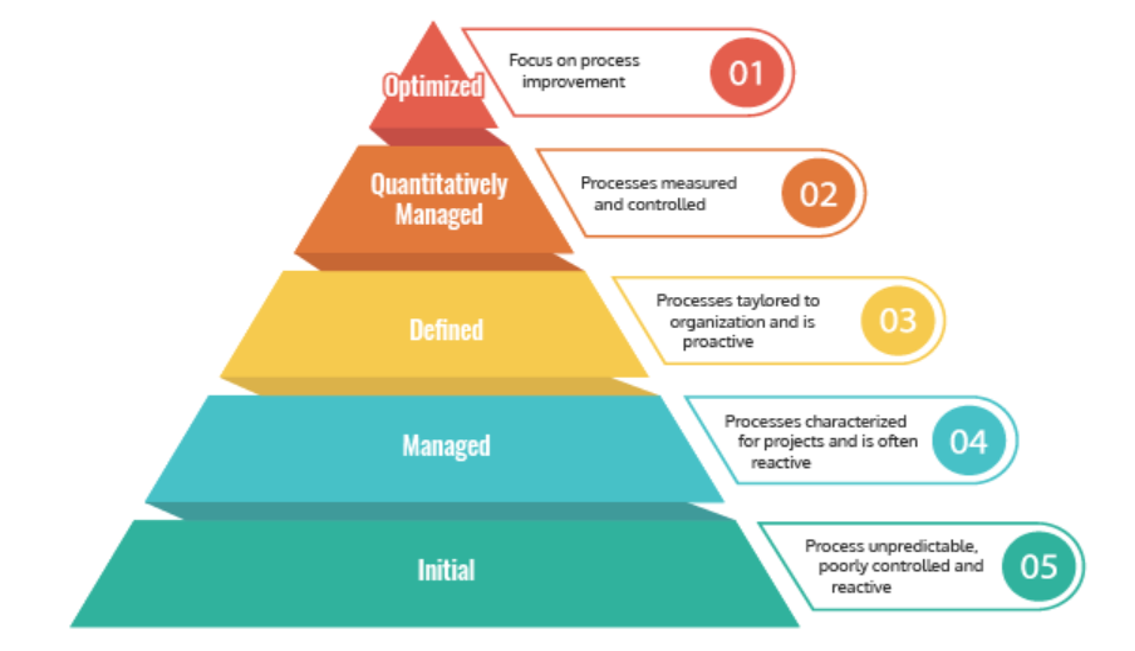
The Five Levels of CMM
- Initial (Level 1): Processes are ad hoc, chaotic, or undefined. Success often depends on individual efforts.
- Managed (Level 2): Processes are characterized for individual projects and managed proactively.
- Defined (Level 3): Processes are well-documented, standardized, and integrated into the organization.
- Quantitatively Managed (Level 4): Processes are measured and controlled using quantitative metrics.
- Optimizing (Level 5): Focus on continuous process improvement through innovation and optimization.
Benefits of Implementing CMM
1. Improved Process Efficiency
CMM ensures processes are standardized and optimized, reducing redundancies and improving workflow efficiency.
2. Enhanced Product Quality
By following defined procedures and adhering to best practices, organizations can deliver higher-quality products and services.
3. Predictable Project Outcomes
Quantitatively managed processes minimize risks, leading to more predictable timelines, costs, and deliverables.
4. Competitive Advantage
Achieving a higher CMM level enhances your organization’s credibility and provides a strong competitive edge in the market.
5. Customer Satisfaction
Consistent delivery of quality products and services fosters trust and long-term relationships with customers.
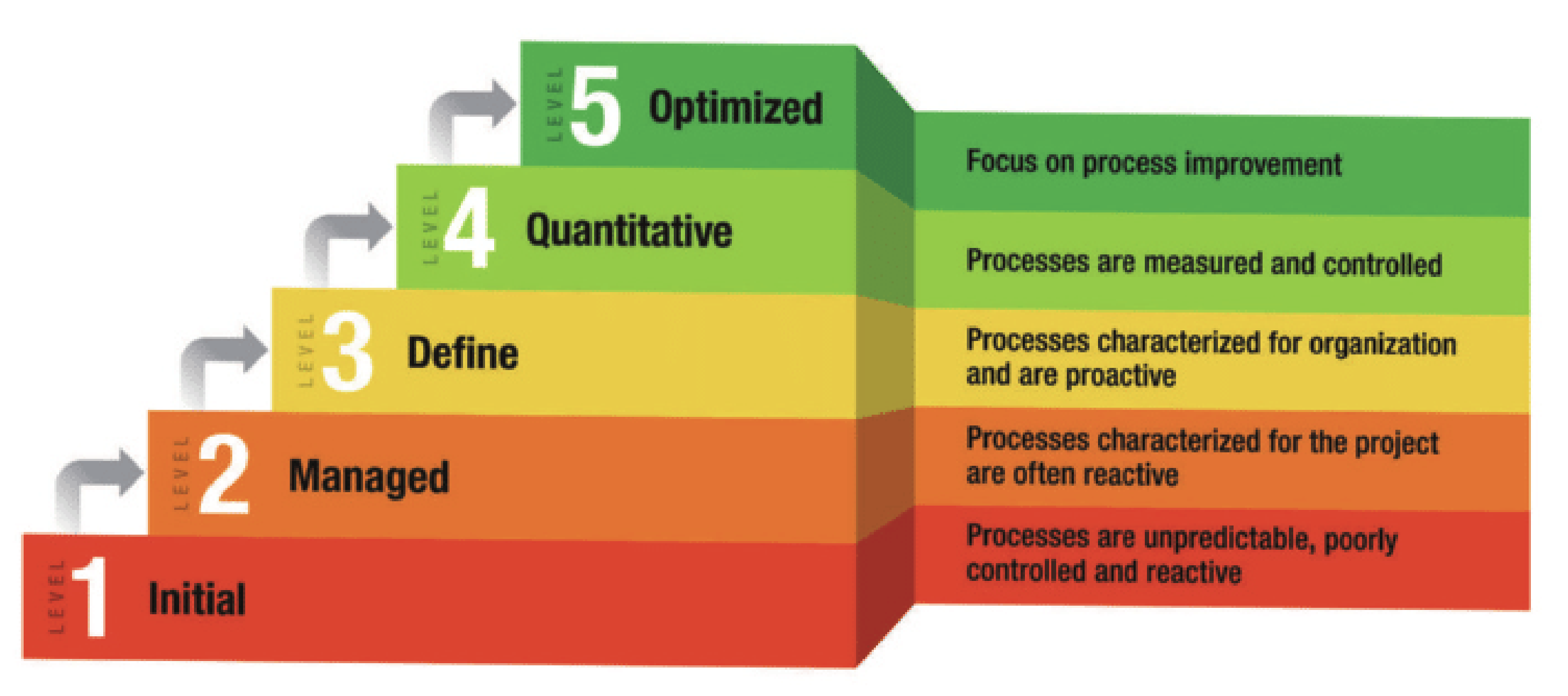
KPIs for CMM Levels
Level 1: Initial
- Adherence to Deadlines: Percentage of projects completed on time.
- Reliance on Individuals: Percentage of processes dependent on key individuals.
- Error Rates: Frequency and severity of defects in deliverables.
Level 2: Managed
- Project Compliance: Percentage of projects following documented procedures.
- Effort Estimation Accuracy: Variance between planned and actual effort.
- Resource Utilization: Efficiency in using resources across projects.
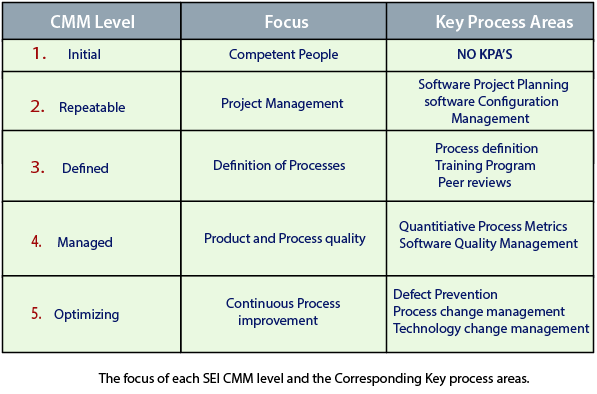
Level 3: Defined
- Process Standardization Rate: Percentage of projects adopting standardized processes.
- Knowledge Sharing Metrics: Frequency of cross-departmental process sharing.
- Stakeholder Satisfaction: Customer and employee satisfaction with processes.
Level 4: Quantitatively Managed
- Process Performance Index: Measurement of process outcomes against goals.
- Defect Density Metrics: Number of defects per deliverable unit.
- Variance Metrics: Deviation of performance metrics from predicted values.
Level 5: Optimizing
- Continuous Improvement Metrics: Number of improvement initiatives implemented and their ROI.
- Innovation Adoption Rate: Frequency of new technologies and practices adopted.
- Cost of Poor Quality (CoPQ): Reduction in costs associated with defects, rework, or inefficiencies.
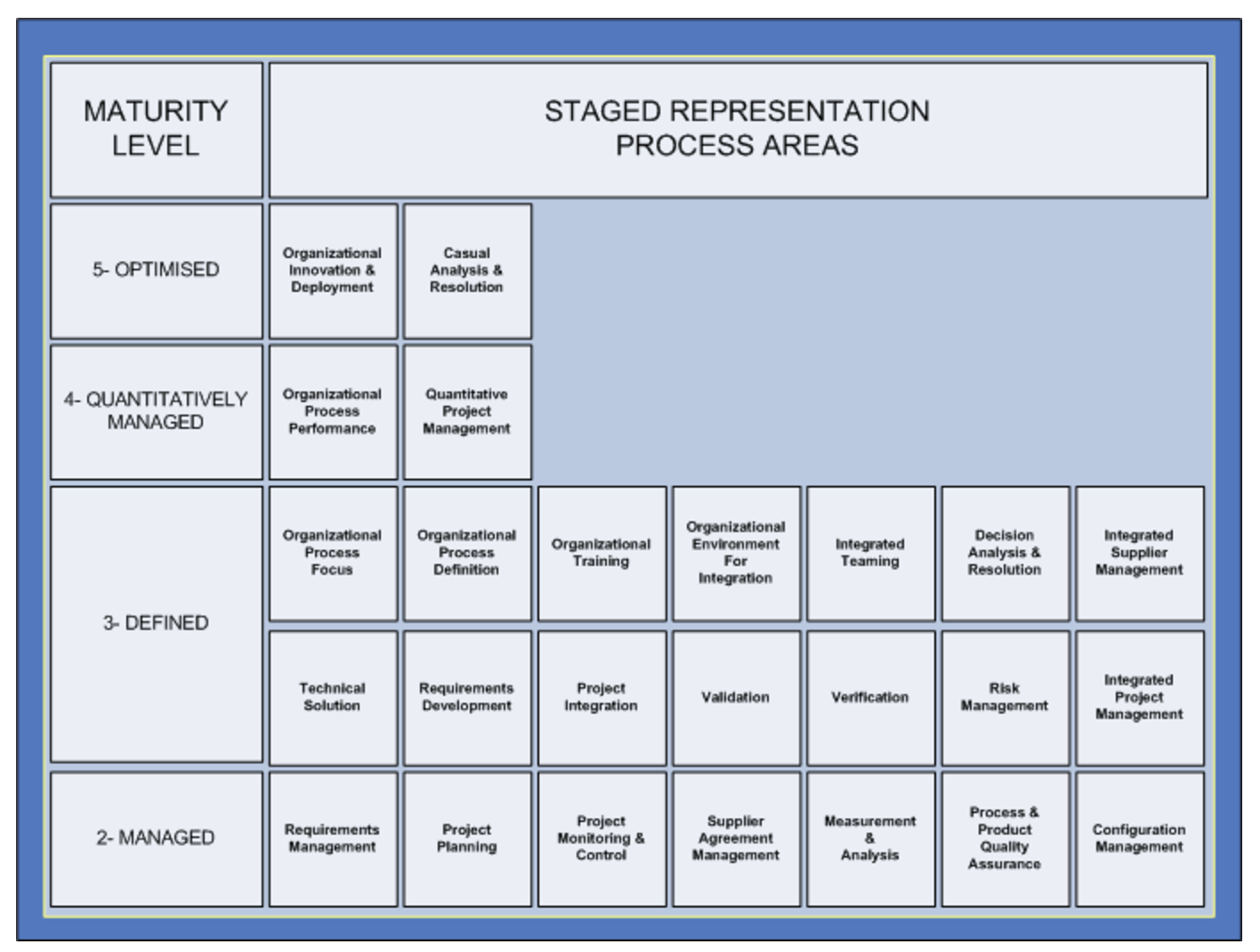
How to Achieve CMM Implementation
Implementing CMM levels requires a structured and disciplined approach. Here are the steps to make it happen:
1. Conduct a Gap Analysis
Evaluate your current processes to identify gaps and compare them with CMM requirements. This assessment will serve as the foundation for improvement.
2. Secure Leadership Buy-In
Leadership commitment is crucial to drive change and allocate necessary resources for implementation.
3. Form a Cross-Functional Team
Create a team comprising members from different departments to ensure organization-wide participation and alignment.
4. Define and Standardize Processes
Document existing processes, establish standards, and ensure alignment with organizational goals.
5. Implement Process Improvement
Use the findings from your gap analysis to address inefficiencies and implement improvement strategies.
6. Measure and Monitor
Regularly track progress using quantitative metrics to ensure processes are being followed and improved over time.
7. Aim for Certification
Once processes align with CMM level requirements, pursue certification through an accredited body to validate your organization’s maturity.
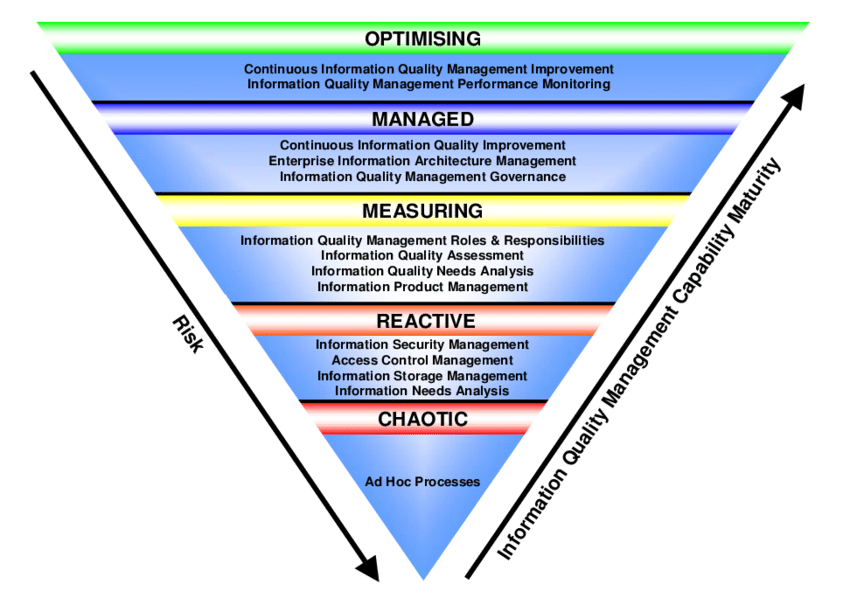
Summary: A Strategic Investment
CMM implementation is more than a technical achievement—it represents a strategic commitment to excellence. By adopting the principles of the CMM framework, organizations not only improve their processes but also unlock new opportunities for innovation, customer satisfaction, and growth.